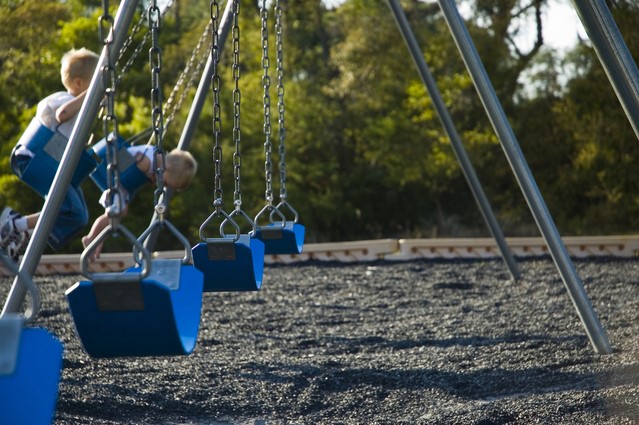Paediatric head injury guideline released
The PREDICT Network has published an Australian and New Zealand Guideline for Acute Management of Mild to Moderate Head Injuries in Children.
PREDICT Australian and New Zealand Guideline for Mild to Moderate Head Injuries in Children

Children frequently present with head injuries to acute care settings The majority (98%) are mild to moderate in severity with a Glasgow Coma Scale score of 14 or 15. Although international paediatric clinical practice guidelines for head injuries exist, they do not address all considerations related to triage, imaging, observation versus admission, transfer, discharge and follow-up of mild to moderate head injuries relevant to the Australian and New Zealand context.
Led by PREDICT (Paediatric Research in Emergency Departments International Collaborative) and funded by grants from the National Health and Medical Research Council (NHMRC), a multidisciplinary guideline working group (GWG) including emergency physicians, paediatricians, neurologists, neurosurgeons, radiologists, sports medicine doctors, neuropsychologists, general practitioners, rural clinicians, ambulance staff,retrieval clinicians, nurse/nurse practitioners and consumers developed a bi-national guideline for mild to moderate head injuries in children.
The goal of the Guideline was to improve outcomes for children who present with mild to moderate head injury; identify all paediatric patients who have a clinically important intracranial injury in need of intervention; promote consistency of management and in doing so reduce unnecessary interventions, including use of head CT scans in children at very low risk of intracranial injury; and improve guidance for discharge and follow-up.
The GWG searched for and assessed existing international guidelines. Four high quality guidelines were identified and recommendations were mapped to 33 clinical questions. Following an updated literature search, recommendations were adopted, adapted or newly developed based on the supporting evidence-base and its transferability to the local setting. Following public consultation, 71 recommendations relevant to the Australian and New Zealand setting were developed (evidence-informed=35, consensus-based=17, practice points=19). In addition to triage related recommendations, the Guideline provides guidance for imaging and obervation after head injuries including in children with underlying ventricular shunts, bleeding disorders, neurodevelopmental disorders, associated intoxication, or concerns such as abusive head trauma. It also includes discharge-related recommendations. The guideline is presented as three documents; (1) a detailed Full Guideline summarising the evidence underlying each recommendation, (2) a Guideline Summary, and (3) a clinical Algorithm on imaging and observation decision-making for children with head injuries.
The Guideline provides evidence-based, locally applicable, practical clinical guidance for the care of children with mild to moderate head injuries presenting to acute care settings. The guideline recommendations, algorithm and the methodology behind their development will be published in Emergency Medicine Australasia and is currently available at www.PREDICT.org.au.
On behalf of the Guideline Working Group:
- Prof Franz Babl, University of Melbourne and Murdoch Children’s Research Institute, Melbourne, Australia
- Prof Stuart Dalziel, Starship Children’s Hospital, Auckland, New Zealand
- Dr Emma Tavender, Murdoch Children’s Research Institute, Melbourne, Australia.
Further information
For enquiries contact fbabl@rch.org.au